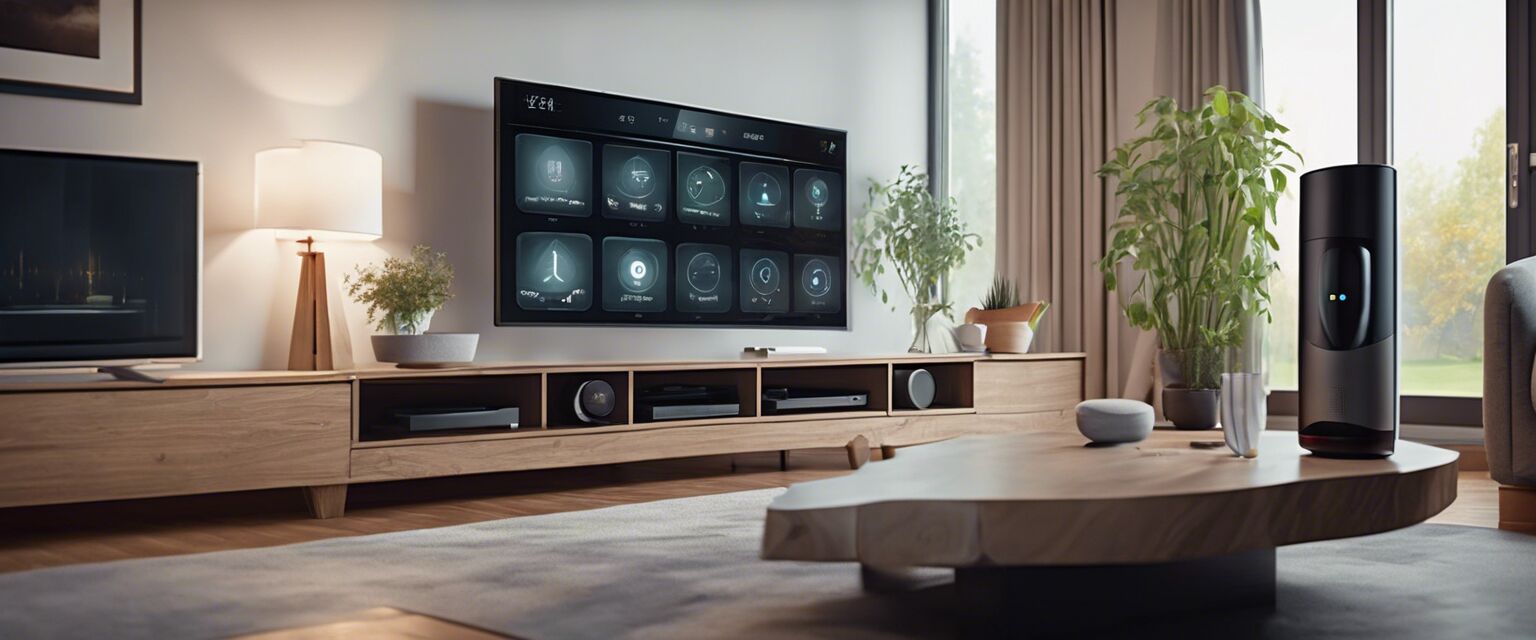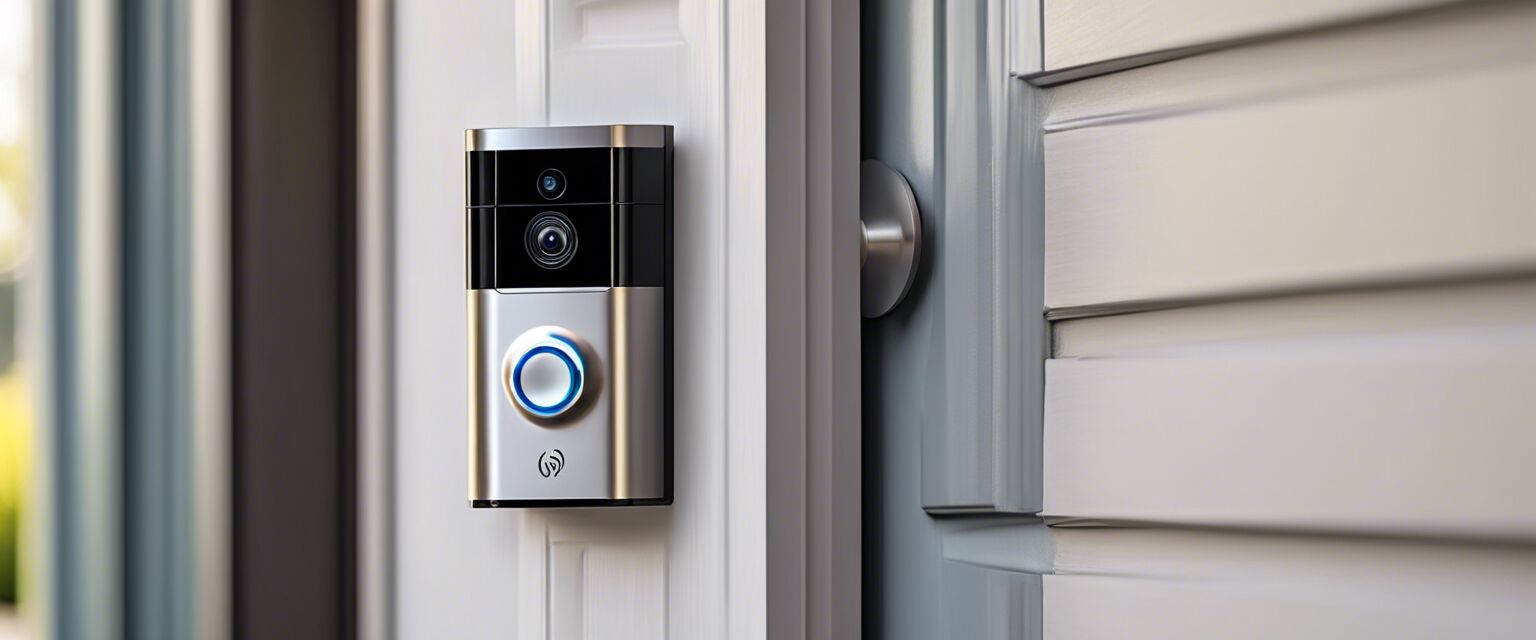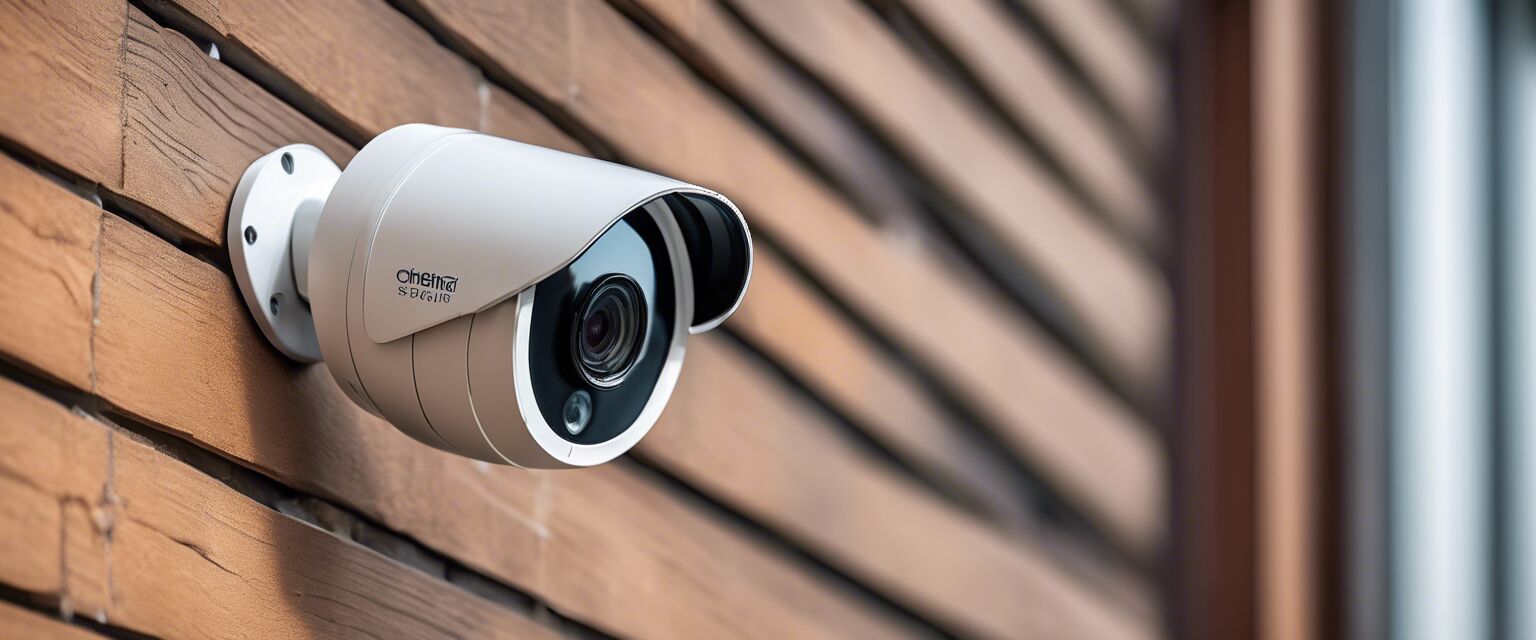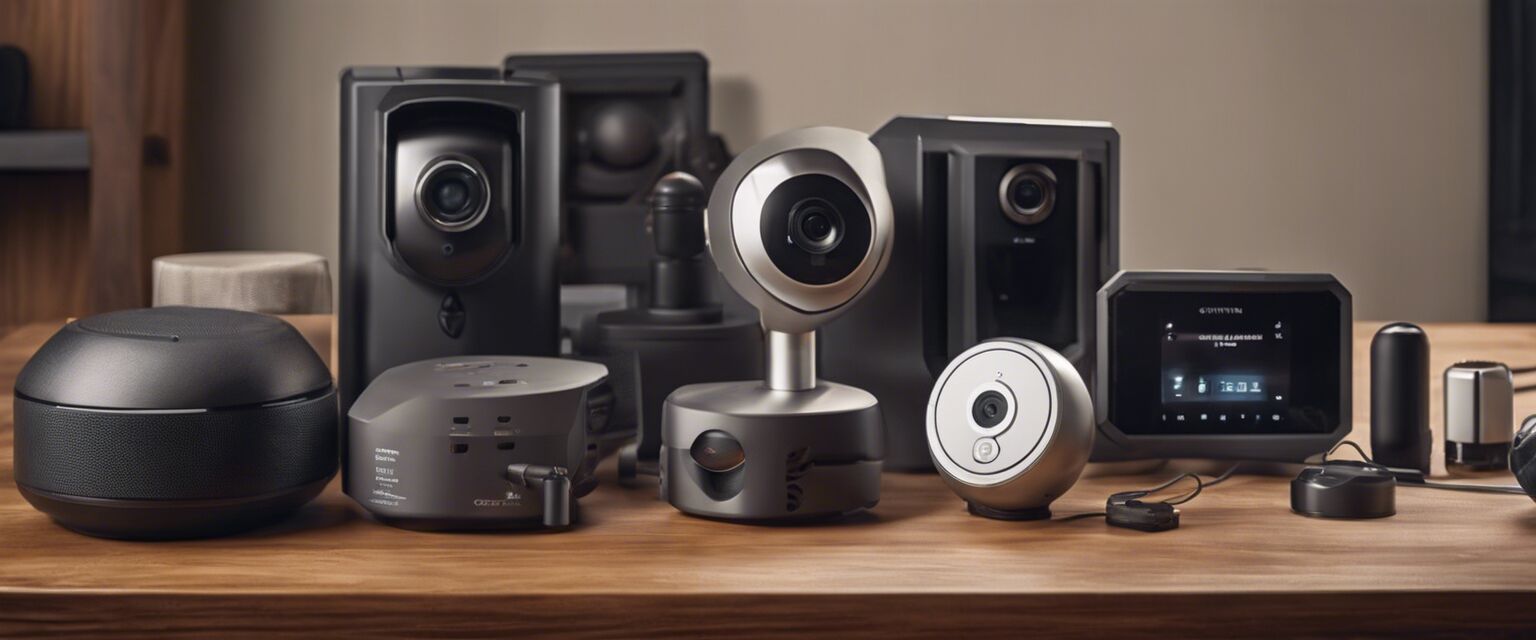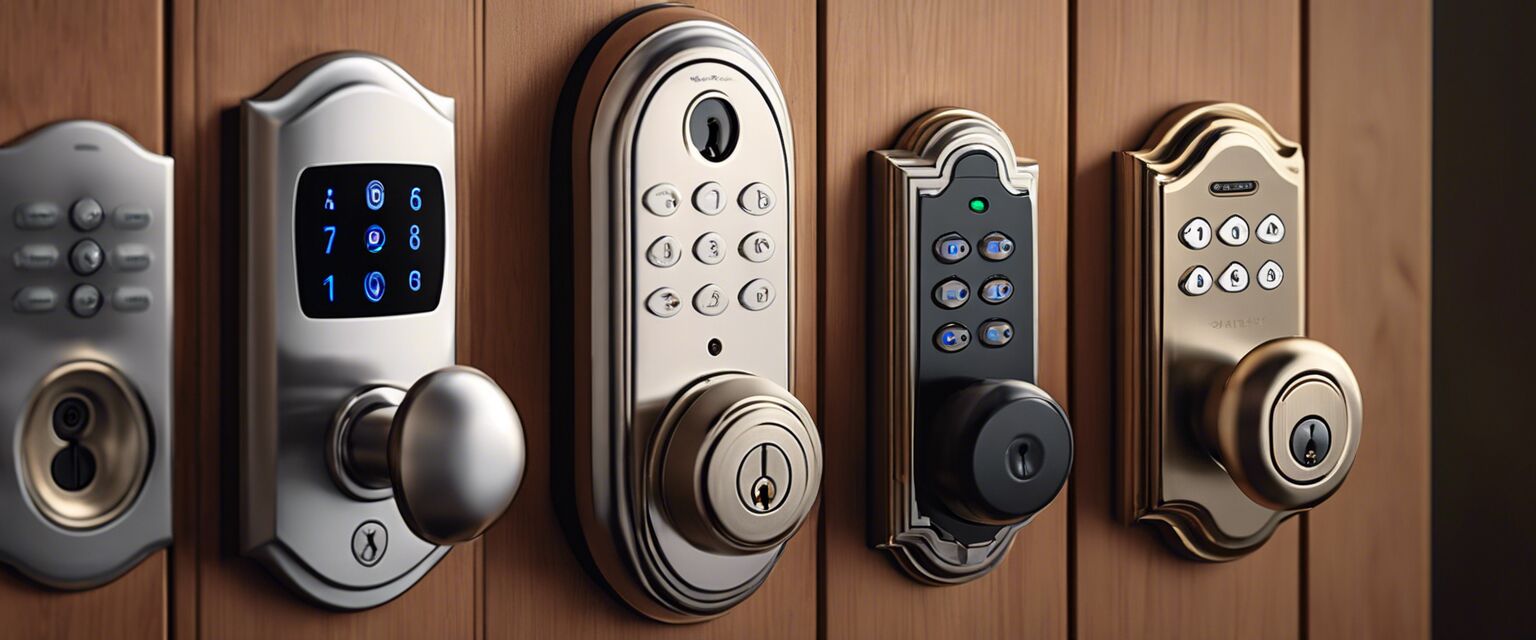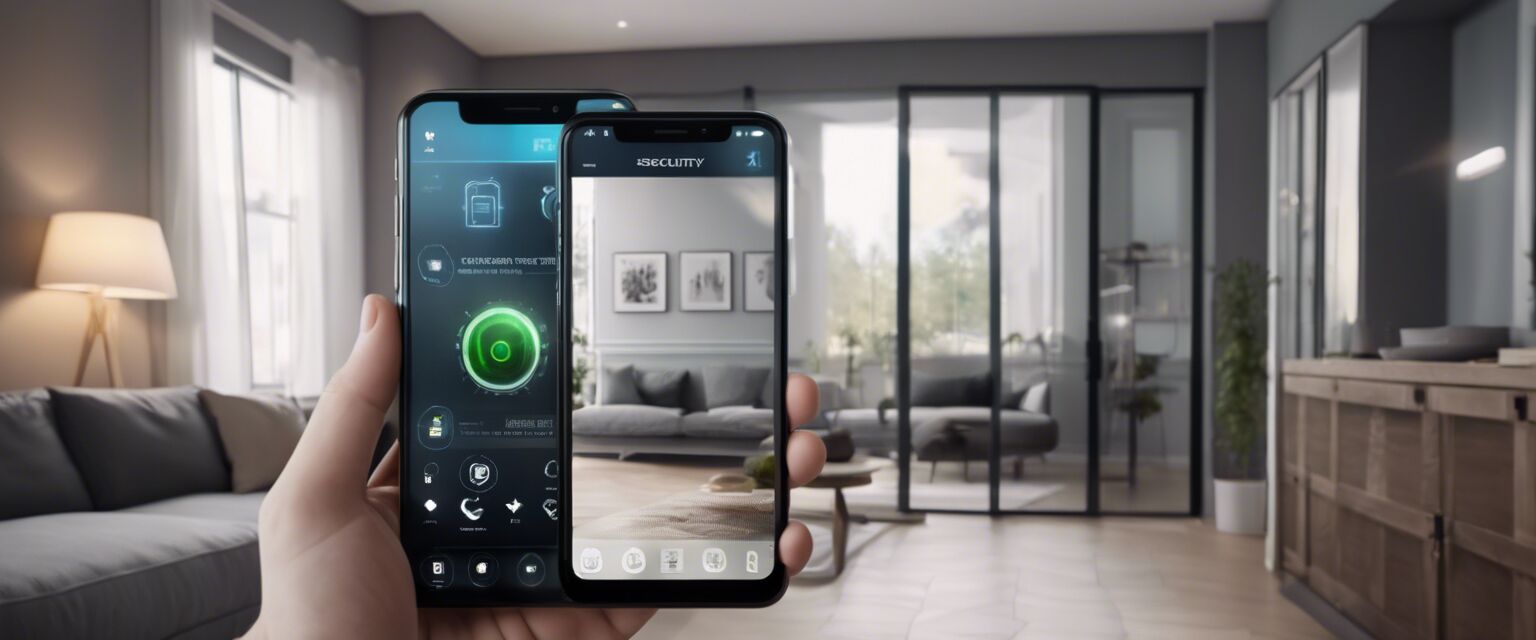
Smart Home Security Sensors
Key Takeaways
- Smart home security sensors are integral for protecting your home.
- Different types of sensors serve various purposes, such as motion detection and access control.
- Integrating sensors with a smart alarm system enhances home security.
- Choosing the right sensors can significantly reduce the risk of unauthorized access.
In today's world, ensuring the safety of your home is more important than ever. Smart home security sensors play a vital role in safeguarding your property from intrusions and emergencies. This article will explore the various types of security sensors available, their functions, and how they contribute to a comprehensive home security system.
Types of smart home security sensors
Smart home security sensors come in various types, each designed to detect specific threats. Hereâs a closer look at some of the most common types:
| Type of Sensor | Function | Best Use Case |
|---|---|---|
| Access Sensors | Detects when doors or windows are opened | Preventing unauthorized entry |
| Motion Sensors | Detects movement within a specified area | Monitoring large spaces or outdoor areas |
| Surveillance Cameras | Records video footage of surroundings | Visual monitoring and evidence collection |
| Video Doorbells | Allows you to see and communicate with visitors | Enhancing entryway security |
| Alarm Systems | Alerts you to potential threats | Comprehensive security coverage |
Access sensors
Access sensors are essential for monitoring entry points in your home. They work by detecting when doors or windows are opened, sending alerts to your smartphone or home control panel.
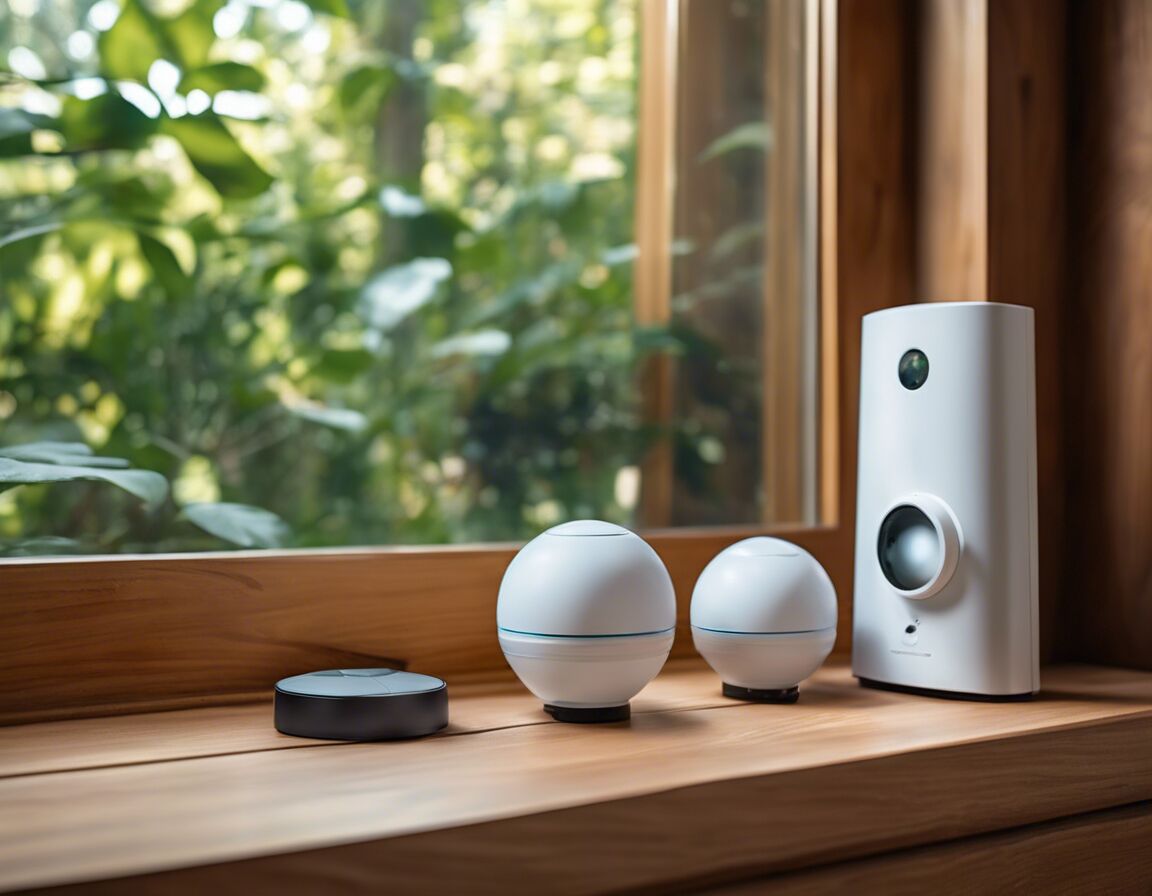
Benefits of access sensors
- Immediate alerts for unauthorized access.
- Easy installation and integration with smart systems.
- Peace of mind when away from home.
Motion sensors
Motion sensors are designed to detect movement in a designated area. They are particularly useful for monitoring larger spaces both indoors and outdoors.
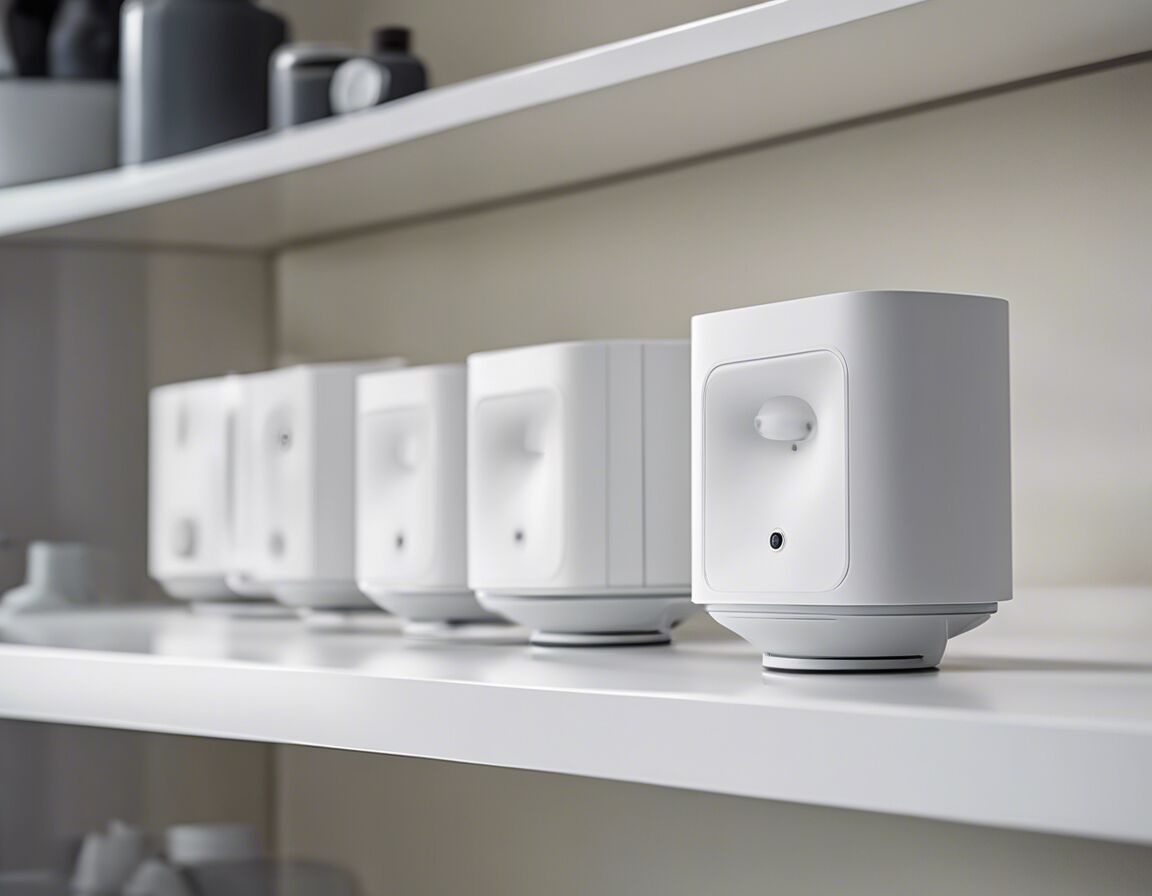
How motion sensors work
Motion sensors use infrared technology to detect body heat or movement. When triggered, they can send alerts to your smart device or activate recording on connected surveillance cameras.
Surveillance cameras
Surveillance cameras provide visual monitoring of your home and surroundings. They are invaluable for both security and evidence collection in case of incidents.
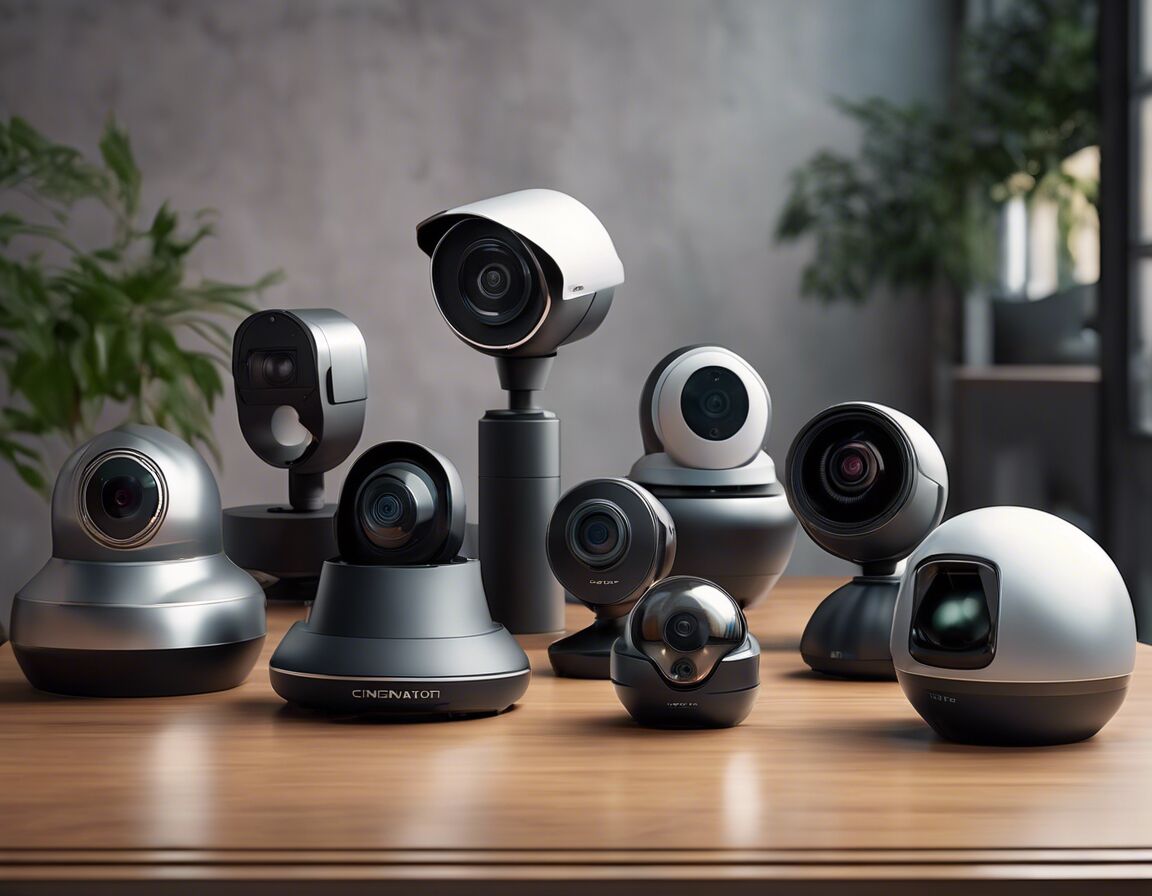
Features of modern surveillance cameras
- High-definition video recording.
- Night vision capabilities.
- Remote access via smartphone apps.
- Two-way audio communication.
Video doorbells
Video doorbells combine the functionality of a doorbell with a security camera. They allow you to see who is at your door and communicate with visitors through your smartphone.
Advantages of video doorbells
- Enhanced entryway security.
- Ability to screen visitors before opening the door.
- Integration with other smart home devices.
Alarm systems
Alarm systems can be triggered by various sensors, including access and motion sensors. They play a crucial role in alerting homeowners to potential threats.
Types of alarm systems
- Monitored systems that alert authorities.
- Unmonitored systems that notify homeowners.
- Smart systems that integrate with your home network.
Integrating security sensors with smart home systems
Integrating your security sensors with a smart home system allows for a more cohesive approach to home security. You can control all devices from a single app, receive real-time updates, and automate responses to specific events.
Benefits of integration
- Streamlined management of security devices.
- Enhanced responsiveness to potential threats.
- Ability to create custom security protocols.
Pros
- Increased home security.
- Real-time alerts for suspicious activities.
- Remote monitoring capabilities.
- Integration with other smart devices.
Cons
- Initial setup costs can be high.
- Dependence on internet connectivity.
- Potential privacy concerns with surveillance.
Conclusion
Smart home security sensors are essential for protecting your home and loved ones. By understanding the different types of sensors and how they work together, you can create a robust security system tailored to your needs. Remember to evaluate your specific requirements and choose the right combination of sensors to enhance your homeâs safety.
